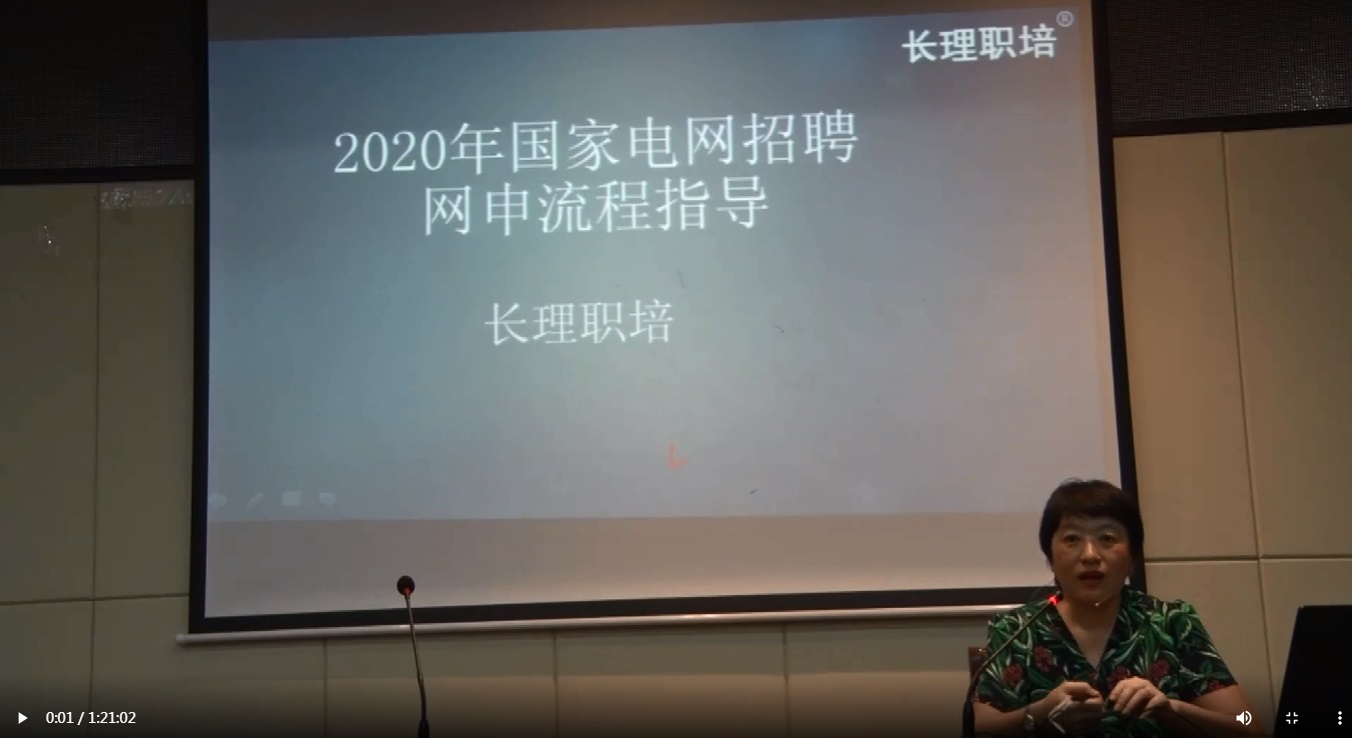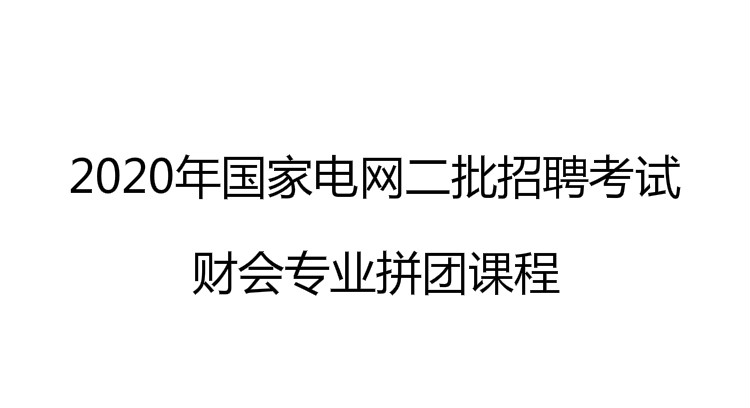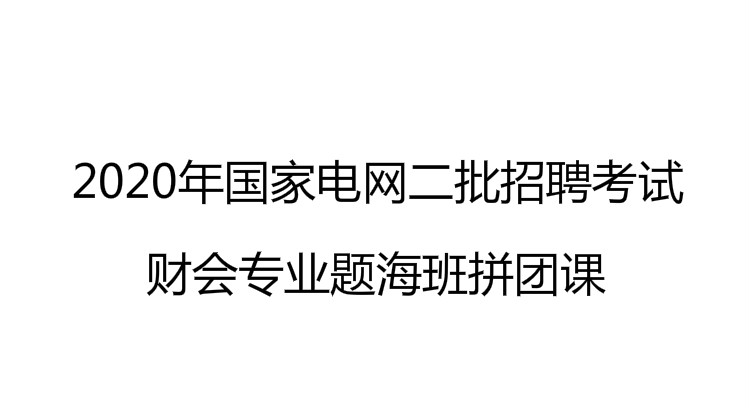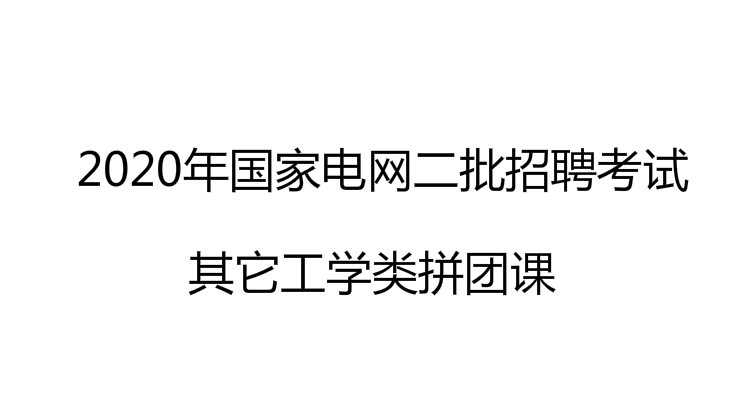Beacon Wood has a varied and interesting history. During the Napoleonic Wars, beacons to alert London of any invasion attempts on the south coast were erected on the hill. In 1885, the EC Powder Company began manufacturing smokeless gunpowder at the site, taking advantage of its isolated position. From the 1930s until 1964, Blue Circle extracted four million tons of London clay from the site. Several relics of the site's industrial history can still be seen, such as the foundation blocks of the gunpowder buildings, gravel heaps from clay washing and the routes of the railway lines used to transport the clay. Rumour has it that the locomotives used here are buried somewhere in the park.
The majority of the clay was extracted, leaving beds of sandstone, sandy clays, and fossils. The Woolwich beds contain areas of rock made up almost entirely of marine animal shells. Sharks teeth are often found along the cliffs in the centre of the pit. There are also good examples of fossilised animal burrows.
The vegetation indicates the many past uses of Beacon Park over the years. The outer parts of site, which have not been disturbed, are covered in native trees like oak, ash and sweet chestnut with the occasional wayfaring tree and spindle. Growing beneath the trees are bluebells, dog's mercury, wood anemone and stinking iris. Areas where clay was extracted have been colonised by silver birch and aspen. A number of seasonal ponds can be found in the lower part of the old pit, creating excellent breeding grounds for amphibians and colourful dragonflies.
Beacon Wood有着各种各样有趣的历史。在拿破伦战争时代,向伦敦发出任何企图入侵南部海岸的警告。1885年,EC Powder Company 公司开始在这个地区制造无烟火药,这充分利用了这个地区的独立的地理位置。从19世纪30年代到1964年,Blue Circle从这个地区取用了大量的伦敦黏土。
编辑推荐:

温馨提示:因考试政策、内容不断变化与调整,长理培训网站提供的以上信息仅供参考,如有异议,请考生以权威部门公布的内容为准! (责任编辑:长理培训)






















点击加载更多评论>>